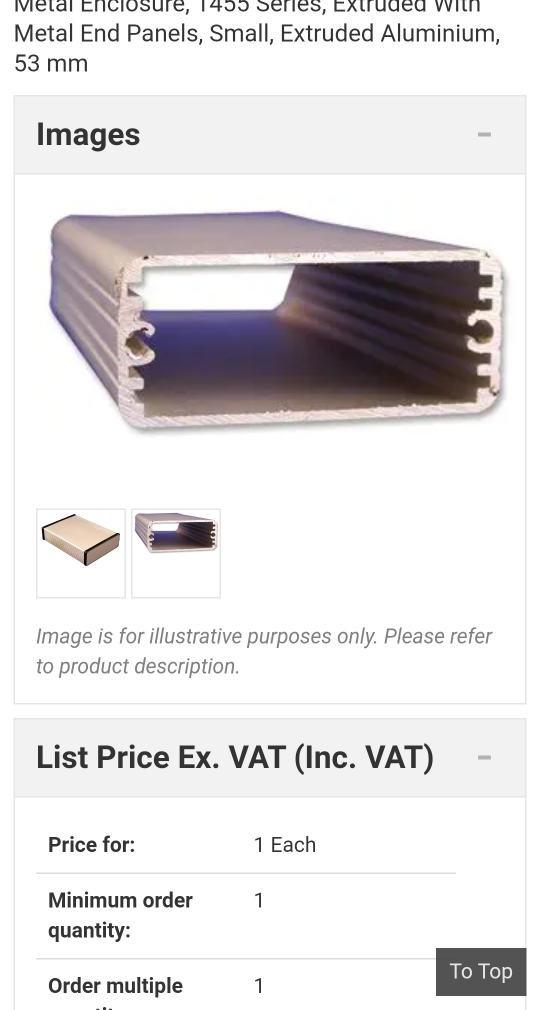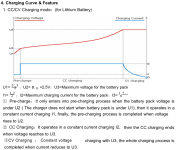flippy
1 MW
- Joined
- Aug 12, 2015
- Messages
- 2,351
john61ct said:but none of that has to do with the difference between a charger and a PSU, either one can implement that feature.
a charger/power supply without a CC element will simply trigger an overload and shut down, so i dont see how you can call it a charger at that point. but a charger can also work as a psu. that is why i dont like using the term charger or psu. just discribe the power source by its feature. if it has CC/CV elements then it can be used to charge batteries. if it does not then you cant use it to charge batteries.
any additional features like cutting the output when the current dies down or a voltage check is just adding features, it does nothing for the actual performance of the charger and can often be problematic if you let the battery discharge too far and now the charger refuses to charge it again and you are stuck with a dead battery and a useless charger.




